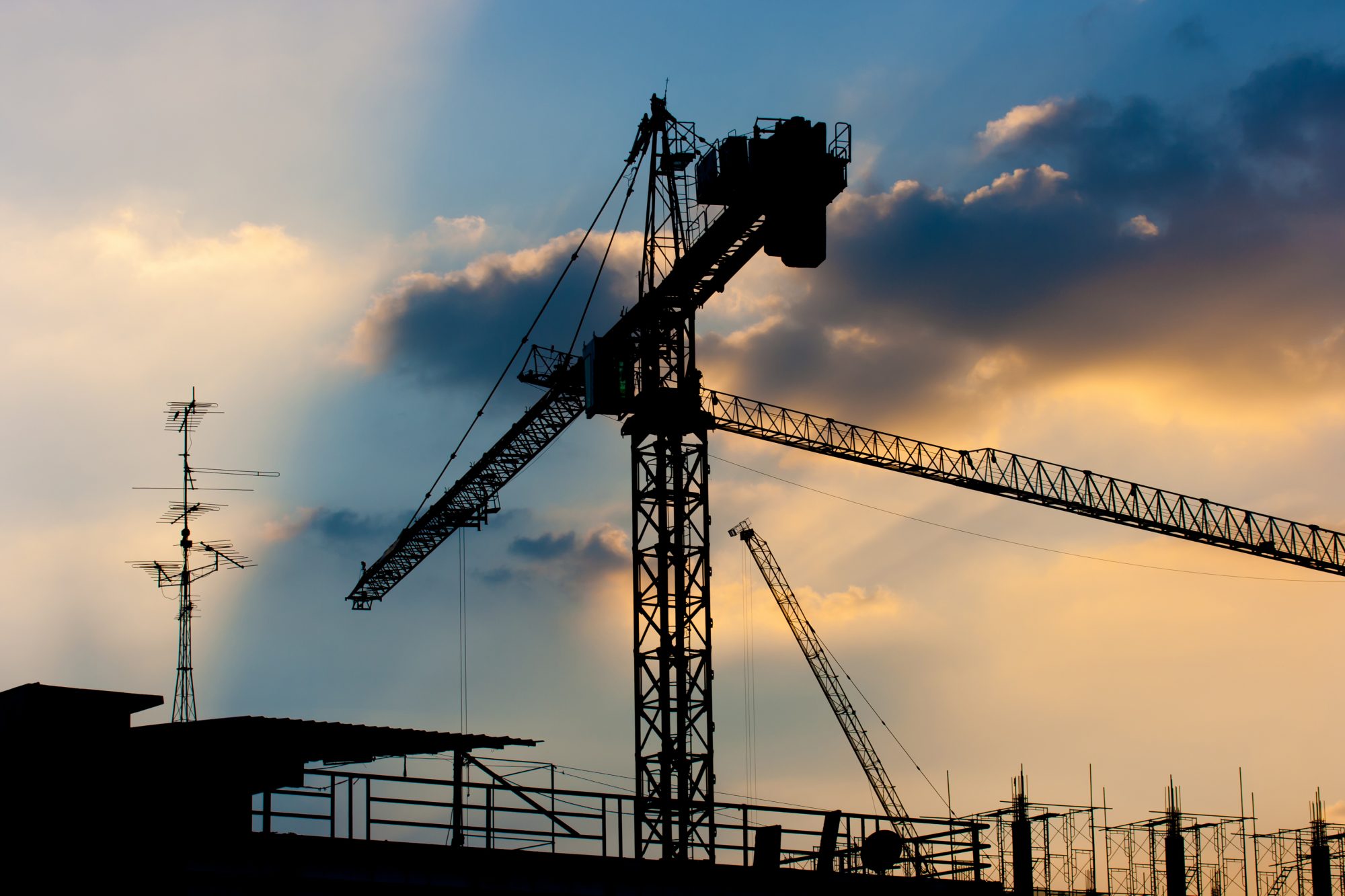March construction output increased by 1.7% according to the latest ONS figures – it is the fifth consecutive monthly growth and a record high
The March construction output increase was driven by an uptake in repair & maintenance (3.0%) and new work (1.0%) – private housing repair and maintenance (5.8%) and private commercial new work (4.0%) were the main contributors.
Demand for construction from pre-pandemic period
Along with the monthly increase, construction output rose 3.8% in Quarter 1 (Jan to Mar) 2022 – outside of the coronavirus pandemic period, this is the strongest quarterly growth since Quarter 1 2017 (3.9%).
The level of March construction output was:
- 3.7% (£539 million) above the February 2020 pre-coronavirus (COVID-19) pandemic level;
- new work was 1.6% (£148 million) below the February 2020 level
- repair and maintenance work was 13.8% (£687 million) above the February 2020 level.
Annual rate of construction output price growth was strongest
Total construction new orders decreased by 2.6% (£346 million) in Quarter 1 2022 compared with Quarter 4 2021 but despite this fall, all sectors are still above their pre-coronavirus pandemic level (Quarter 4 2019).
The annual rate of construction output price growth was 7.3% in the 12 months to March 2022 – the strongest annual rate since records began.
Commenting on the March construction output, Clive Docwra, managing director of property and construction consultancy McBains, said:
“Today’s figures show that the industry rallied in March, in part due to new orders coming in from pent-up demand left over from the pre-pandemic period.
‘Inflationary pressures are beginning to bite hard…wider longer-term picture is a concern’
“However, inflationary pressures are beginning to bite hard, with interest rate rises, the war in Ukraine and the rising cost of materials contributing to uncertainty about the future.
“March’s increase in output was helped by the return to work of offices, as demand for refurbishments increased. The increase was also propped up by repair work due to the previous month’s storms.
‘Cost of living crisis puts private housing sector at risk’
“Other work areas are less robust, however. The cost of living crisis means the private housing sector is particularly at risk, as steep falls in disposable incomes will translate into less demand for new homes.
“The wider longer-term picture is a concern, as total new orders fell by 2.6% in the first quarter of 2022 compared to the last quarter of 2021.”
‘Record-breaking monthly output volume growth is a cause for optimism’
Beard Construction finance director Fraser Johns says:
“This record-breaking monthly output volume growth and a return to pre-pandemic output levels is a cause for optimism and a measure of the sector’s resilience.
“However, there are some underlying factors which should also sound a note of caution. The monthly growth figures are potentially skewed by repair and maintenance work done after the two winter storms.
“Meanwhile, all-important new work in March sits at 1.6% below February 2020 levels. And total construction new orders decreased by 2.6% in quarter 1 compared to quarter 4 last year.
Continuing rise in price of raw materials is a concern
“Perhaps most concerning is the continuing rise in the price of raw materials such as steel, concrete, timber and glass. This has pushed price growth in the construction industry to its highest level since records began and remains a challenge to competitive tendering.
“We continue to support our supply chain via early engagement and prompt payment practices. We also remain focussed on the well-being of our people, as the squeeze of inflation and the recent NI rise starts to bite.”














